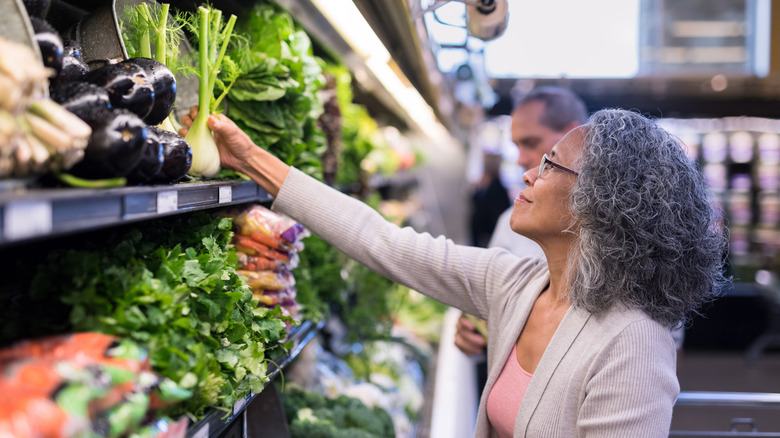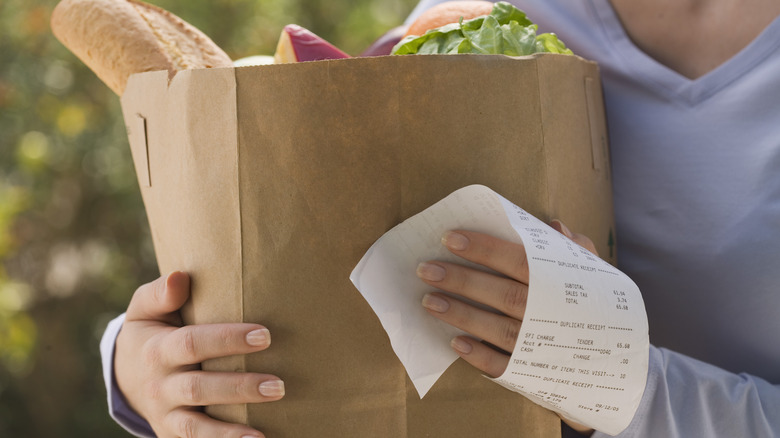White House Says Grocery Inflation Is Slowing Down
While the summer-vacation fund might be less substantial than usual due to recent food costs, the White House has some positive news to help lighten the load. As explained in a recent blog post from the White House Counsel of Economic Advisors, indicators predict that grocery inflation is heading toward a downward turn. Although prices may not return to pre-pandemic levels, current data shows that several food categories have recently cost less and likely will continue to in the next several months.
This government report focuses on several factors related to at-home food inflation. First and foremost, grocery prices matter to the consumer. When food is a significant amount of a family's total budget, its impact is directly felt, so people use food prices as a gauge of overall inflation. For example, if milk costs more, then consumers assume other essentials, like utilities, will become more expensive, too.
While rising prices have been a hot topic lately, data suggests that upward movement is leveling off. As seen with recent drops in egg prices, cereal costs, and other foods, the general downward movement is a positive sign for shoppers. That situation leads to folks feeling more optimistic about the future. It might not be a rapid, steep drop like a roller coaster, but the incremental changes are a thrill that consumers have been wanting.
Can grocery prices ever return to pre-pandemic levels?
Across the U.S., the stories are similar. Families often share how a weekly grocery shopping trip has increased by significant percentages. While people are learning to stretch their dollar through private label brands, bulk buying, and other careful shopping habits, everyone is questioning whether the terms "reasonable" and "food costs" can ever be paired together again.
The recent White House report on slowing grocery inflation gives a glimmer of hope, but Time reported (near the start of this year) that analysts feel the solution is not a simple economic equation. More reasonable demand coupled with less disrupted production — compared to the past couple of years — is a good start, but other unforeseen factors can derail the positive change. Trends like the avian flu affecting the egg trade and dry weather impacting lettuce crops cannot be controlled by industries. While businesses can manage their responses to those events, their choices not only impact their bottom line but also the shopper's wallet. Ultimately, increased production costs can be passed down to the consumer in order to avoid shrinking profits.
Still, current predictions seem less than dire. Even though change is not instantaneous, the positives are outweighing the negatives, currently. Grocery spending is a significant budget line item, so every element that reduces the total spent will feel like a benefit to the consumer. It might not be the spoon full of sugar that makes the medicine go down, but it is a little sweetener to make the less-than-perfect spending scenario taste a little less bitter.

